Multi-Cloud vs Hybrid Cloud: What's Better for Your Business in 2025?
In 2025, businesses face a crucial choice between multi-cloud and hybrid cloud strategies. Multi-cloud offers unmatched flexibility and vendor independence by leveraging multiple public cloud providers, while hybrid cloud combines private and public resources for enhanced control and compliance. Understanding the strengths and challenges of each model helps organizations select the optimal path for scalability, security, and innovation
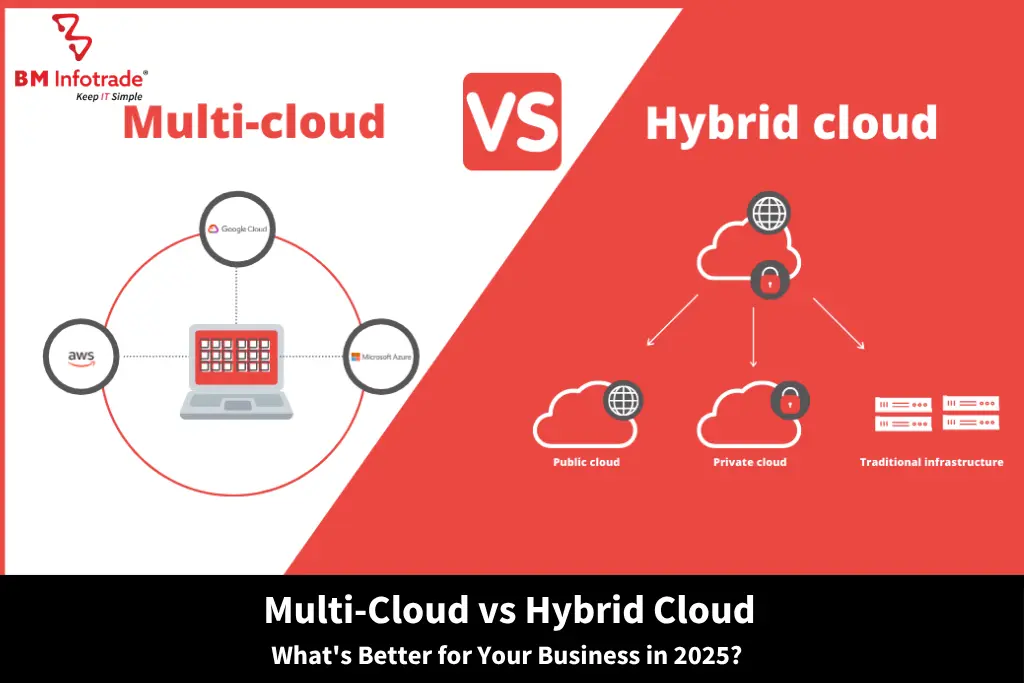
Multi-Cloud vs Hybrid Cloud: What's Better for Your Business in 2025?
Table of Contents
- Understanding the Basics of Multi Cloud and Hybrid Cloud
- Use Cases in 2025
- A Combined Strategy?
- Conclusion
- FAQ's
- 1. What is the main difference between multi-cloud and hybrid cloud?
- 2. Which strategy offers better security and compliance?
- 3. How do costs compare between multi-cloud and hybrid cloud?
- 4. What are the main challenges of adopting a multi-cloud or hybrid cloud strategy?
- 5. Which businesses should choose multi-cloud, and which should choose hybrid cloud?
In 2025, the vast terrain of cloud computing will evolve at a lightning pace, placing focus on two popular strategies dominating enterprise conversation: multi-cloud and hybrid cloud. Although these concepts are often confused or regarded as synonyms, they differ in their approaches to cloud architecture. For businesses seeking to construct robust, flexible, and economically efficient IT systems, understanding the differences, advantages, and compromises of each approach is critical.
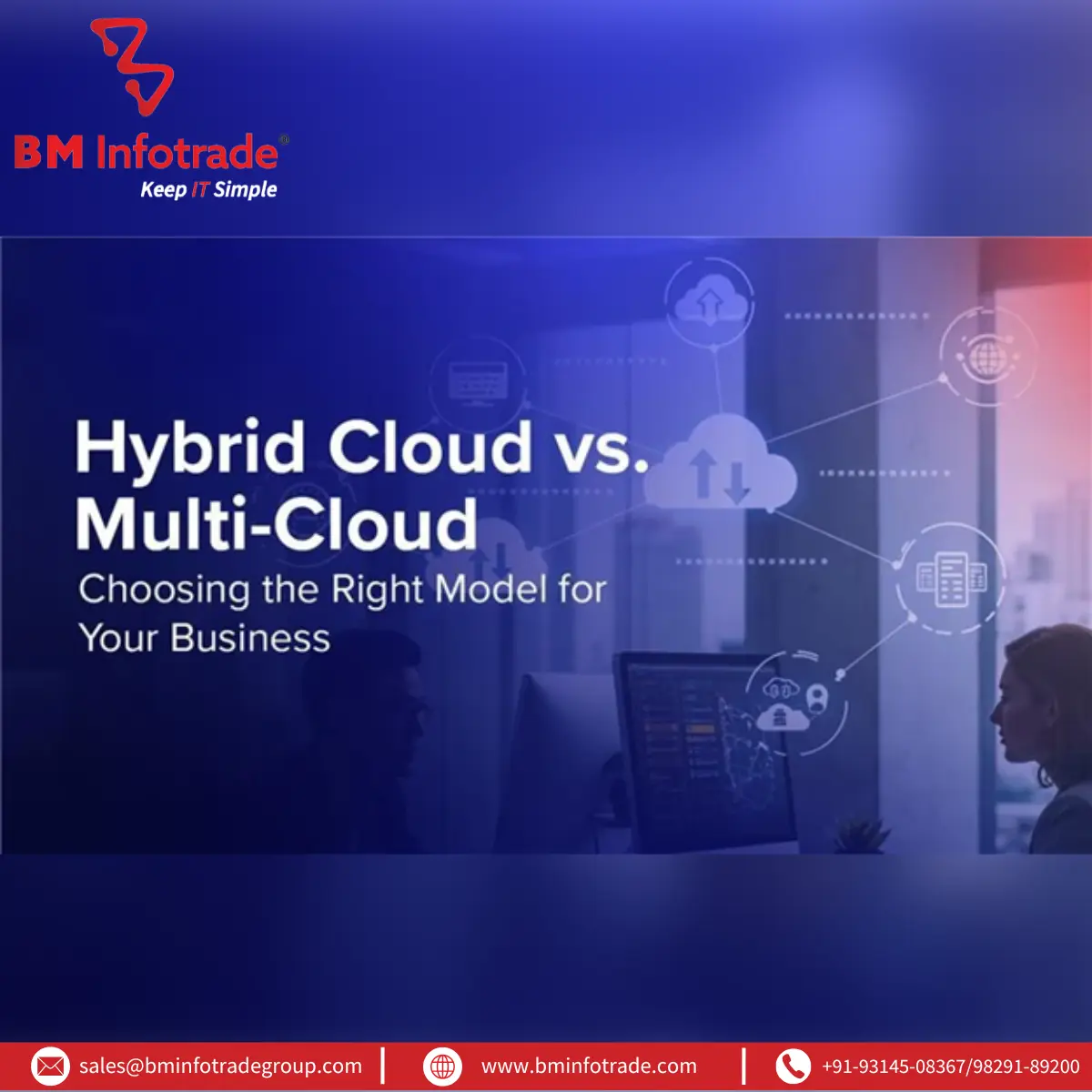
Understanding the Basics of Multi Cloud and Hybrid Cloud
Multi-Cloud is accessed when a customer uses services from multiple public clouds like AWS, Microsoft Azure, or Google Cloud Platform. This process helps businesses mitigate vendor lock-in from service providers, thus enabling them to utilise their different offerings.
A Hybrid Cloud approach combines the private on-premises infrastructure with a public cloud service. This enables and strives for smooth, seamless interoperability between the two environments while giving organisations the flexibility as to where they wish to run their workloads.
Key Differences
The primary Varied Integration Aspects
-
Hybrid Cloud entails a more seamless blend of private and public cloud resources.
-
Multi-Cloud usually involves applying distinct clouds to certain functions without the need to integrate them.
Advantages of Multi-Cloud
-
Prevent vendor lock-in: Businesses can maintain independence from a single vendor and have better autonomy while negotiating contract premiums.
-
Best-of-Breed Services: Companies can benefit from other providers' best services, like Google Cloud AI tools or AI-segmented capabilities of AWS.
-
Risk Mitigation: Services from other clouds can compensate for loss from one cloud. Downtime or outages from one provider won’t stop operations.
-
Geographic Reach: Different vendors may provide better value or compliance in different areas.
Advantages of Hybrid Cloud
-
Data Sovereignty and Compliance: Sensitive data may exist on private clouds or on-premises storage for compliance purposes.
-
Legacy System Integration: Companies can continue operating on-premise legacy systems while gradually modernising.
-
Latency Reduction: Applications with low latency requirements can execute locally, offloading the cloud for non-time-sensitive workloads.
-
Cost Efficiency: Businesses can shift critical workloads to the public cloud during periods of less elastic demand. This optimises cost while maintaining critical workloads on premises.
Challenges of Multi-Cloud
-
Advanced Expertise: Distinct services, interfaces, APIs, and the coexistence of numerous environments stem from deep complexity, requiring a higher form of expertise.
-
Security Threats: The use of different providers implies diverse security measures, which raises the risk of weaknesses.
-
Cloud Interconnectivity Expenditures: Shifting data across the clouds is often costly, time-consuming, and less efficient.
Challenges of Hybrid Cloud
-
Technology Integration: Merging on-premises and cloud systems can be very tricky from a technical standpoint.
-
Management Control: Ensures repetitive action consistency for performance, security, and scrutiny across environments.
-
Capital Expenditure: There are capital expenses, as well as ongoing expenditures incurred from maintenance for on-premises infrastructure.
Use Cases in 2025
The evolution of AI, edge computing, and augmented scrutiny on data regulations will transform how organisations prefer multi-clouds over hybrid-cloud architectures in 2025.
Multi-Cloud Use Cases:
-
Multinational corporations are optimising their performance and governance across regions.
-
High availability and high resiliency are vital for SaaS companies.
-
Different vendors’ free tiers or specialised services are being exploited by startups.
Hybrid Cloud Use Cases:
-
Healthcare providers manage sensitive patient data.
-
Financial institutions are adhering to strict compliance while scaling digital offerings.
-
Manufacturing firms are integrating edge devices with cloud analytics.
Trends and Innovations
-
Machine Learning Services: Implementing AI tools, Automation of work burden, incident management, and cost optimisation, is commonplace.
-
Unified Control Planes: Anthos and Azure Arc are examples of platforms that facilitate the management of multi-cloud, hybrid cloud systems.
-
Cloud-Native Security Solutions: Mitigating security risks can be achieved through the use of CSPM tools and zero-trust frameworks.
Choosing the Right Approach
Choosing hybrid cloud or multi-cloud requires considering the following:
-
Strategic Plans: What drives your organisation? Is it agility, compliance, or reduction in costs?
-
Current Facilities: Is there already a substantial level of on-prem expenditure?
-
Subject Knowledge: Is your staff able to handle the intricacy of numerous clouds?
-
Regulatory Framework: Is there strong control over the location and handling of sensitive data?
A Combined Strategy?
Several other organisations have in 2025 adopted a fusion strategy which is a hybrid and multi-cloud approach. For example, a company could run critical applications in a private cloud (hybrid model) while other workloads are served by multiple public clouds (multi-cloud).
This blended approach allows businesses to:
-
Reduce costs.
-
Increase resiliency.
-
Remain compliant.
-
Capitalise on the innovation provided by different cloud service providers.
Also Read:- Best Private Cloud Solutions for Mid-Sized Enterprises in India: 2025 Guide
Conclusion
As for 2025, there tends to be no single remedy for all problems in the use of the cloud as we know it, considering its advantages and risks. Each multi-cloud and hybrid-cloud system features distinct advantages as well as potential drawbacks to consider. The selection made should consider the structures, objectives, and resources of the organisation.
In any case, the future will emphasise adaptability and intelligent synergies. Regardless if your preference is hybrid-cloud, multi-cloud or a mixture of both, ensure that the routes taken assist in meeting the goals set and increase innovation as well as distinguish your business from competitors.
FAQ's
1. What is the main difference between multi-cloud and hybrid cloud?
-
Multi-cloud uses services from multiple public cloud providers, allowing businesses to select the best features and pricing from each provider.
-
Hybrid cloud combines private (on-premises or private cloud) and public cloud resources, enabling organizations to keep sensitive data on-premises while leveraging the scalability of public clouds.
2. Which strategy offers better security and compliance?
-
Hybrid cloud is generally preferred for businesses with strict security, compliance, or data sovereignty requirements, as sensitive data can remain in private environments.
-
Multi-cloud can also support compliance by allowing data to be stored in specific regions, but security management is more complex due to multiple providers.
3. How do costs compare between multi-cloud and hybrid cloud?
-
Multi-cloud enables cost optimization by letting businesses choose the most cost-effective provider for each workload, but managing multiple vendors can increase operational complexity.
-
Hybrid cloud involves upfront investment in private infrastructure (CapEx) and ongoing cloud usage fees (OpEx), but can balance costs by keeping predictable workloads on-premises and scaling with the cloud as needed.
4. What are the main challenges of adopting a multi-cloud or hybrid cloud strategy?
-
Multi-cloud: Increased management complexity, need for cross-provider integration, and potential skill gaps in managing diverse platforms.
-
Hybrid cloud: Integration between on-premises and cloud systems, maintaining consistent security policies, and managing legacy infrastructure.
5. Which businesses should choose multi-cloud, and which should choose hybrid cloud?
-
Choose multi-cloud if you need maximum flexibility, want to avoid vendor lock-in, require global reach, or need access to specialized services from different providers.
-
Choose hybrid cloud if you have strict compliance needs, require low-latency access to data, or need to integrate with existing on-premises systems while gradually adopting the cloud.

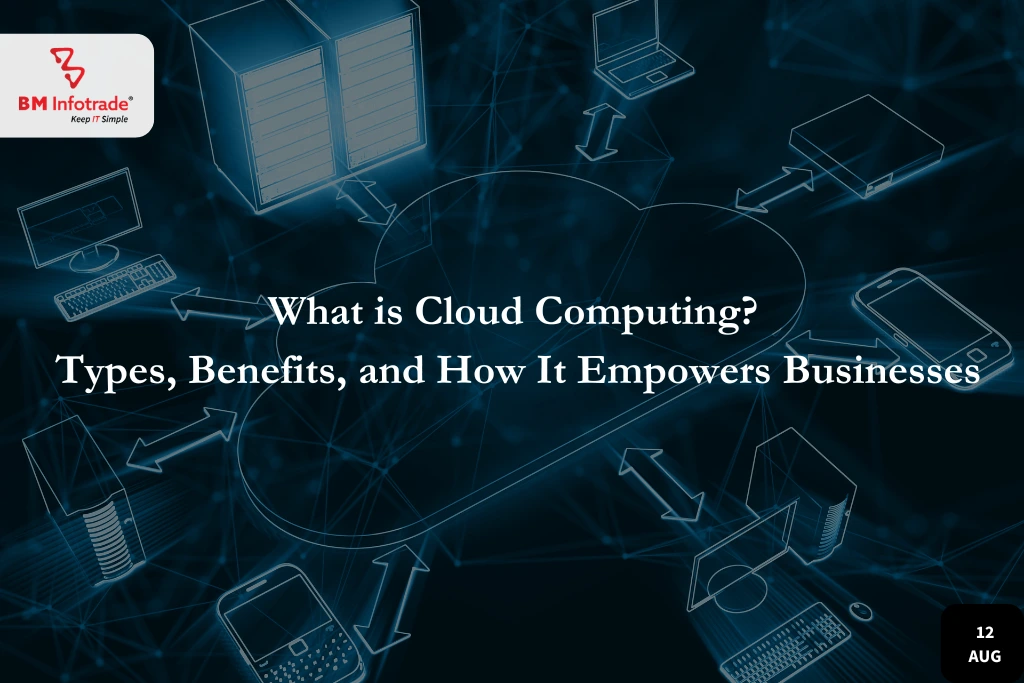


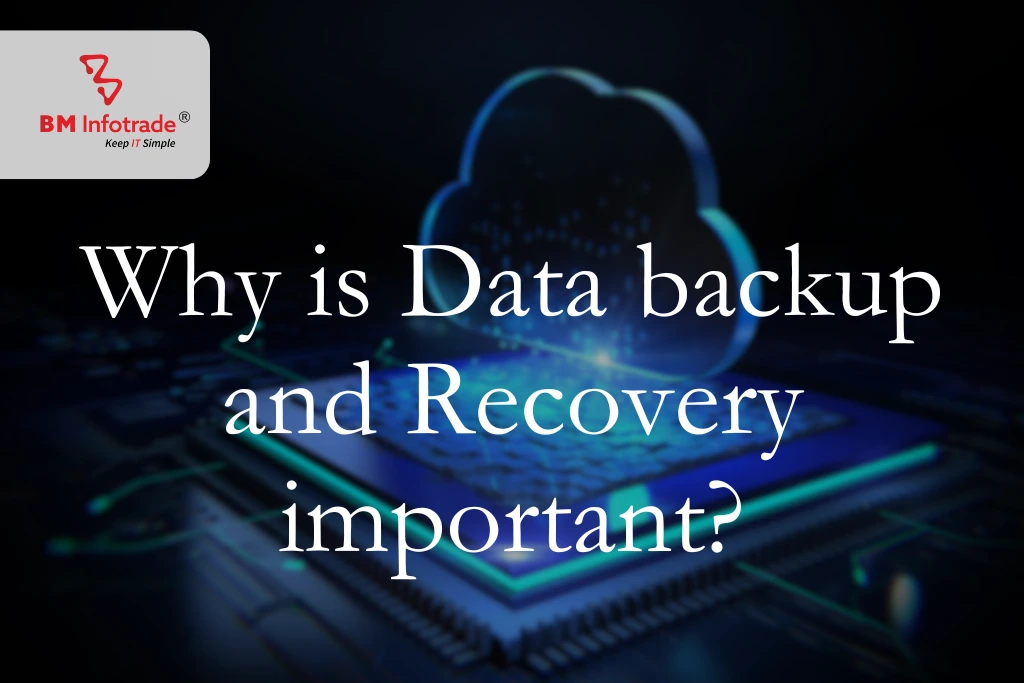
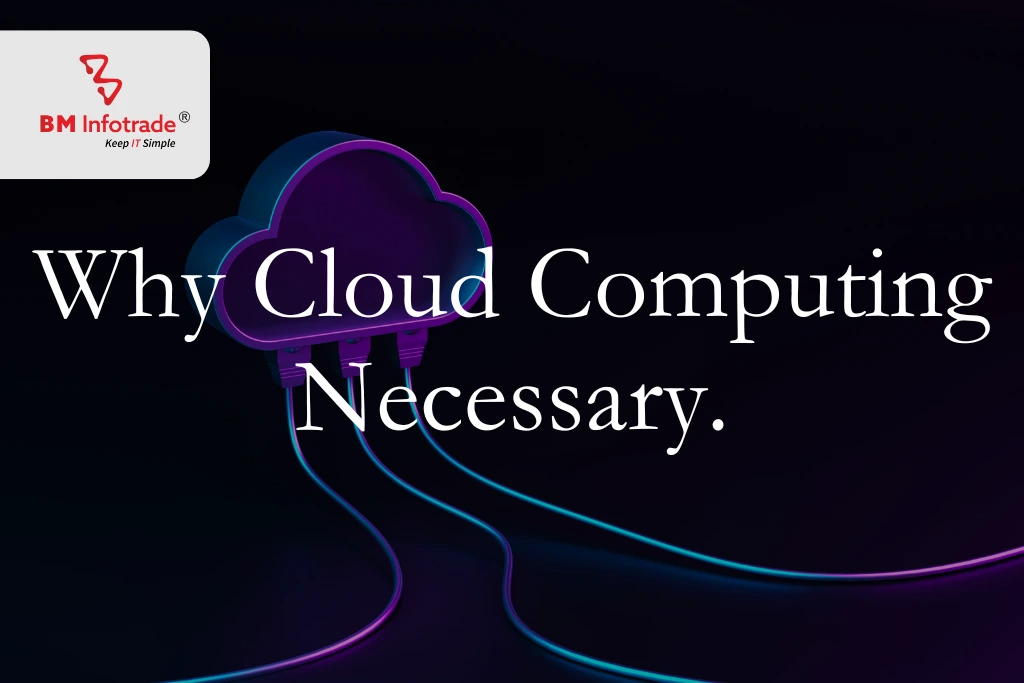
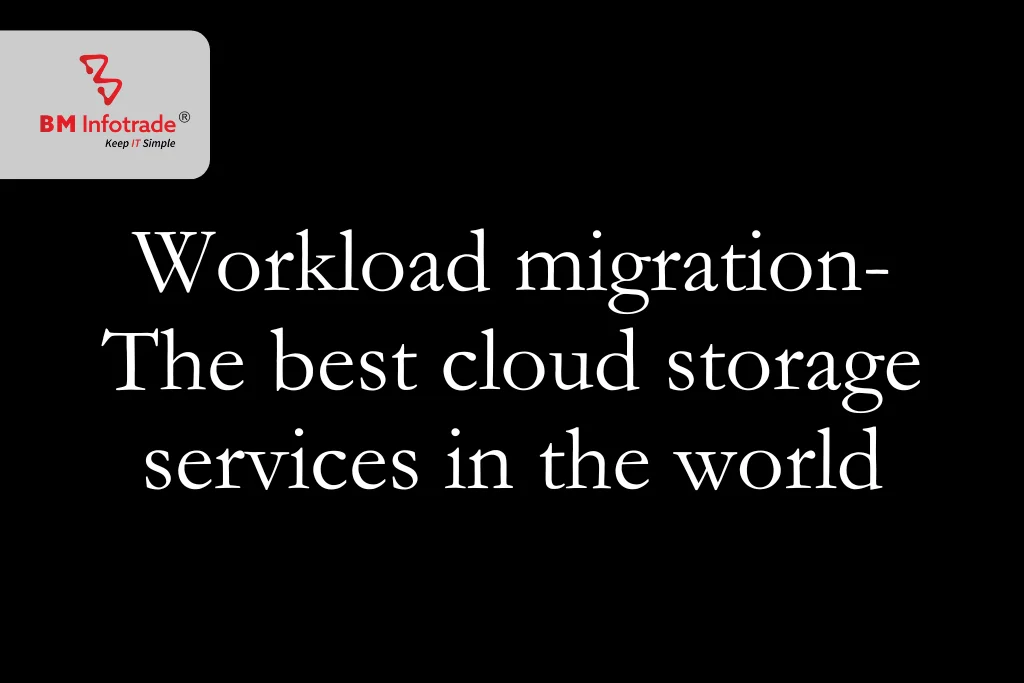
Anshul Goyal
Group BDM at B M Infotrade | 11+ years Experience | Business Consultancy | Providing solutions in Cyber Security, Data Analytics, Cloud Computing, Digitization, Data and AI | IT Sales Leader